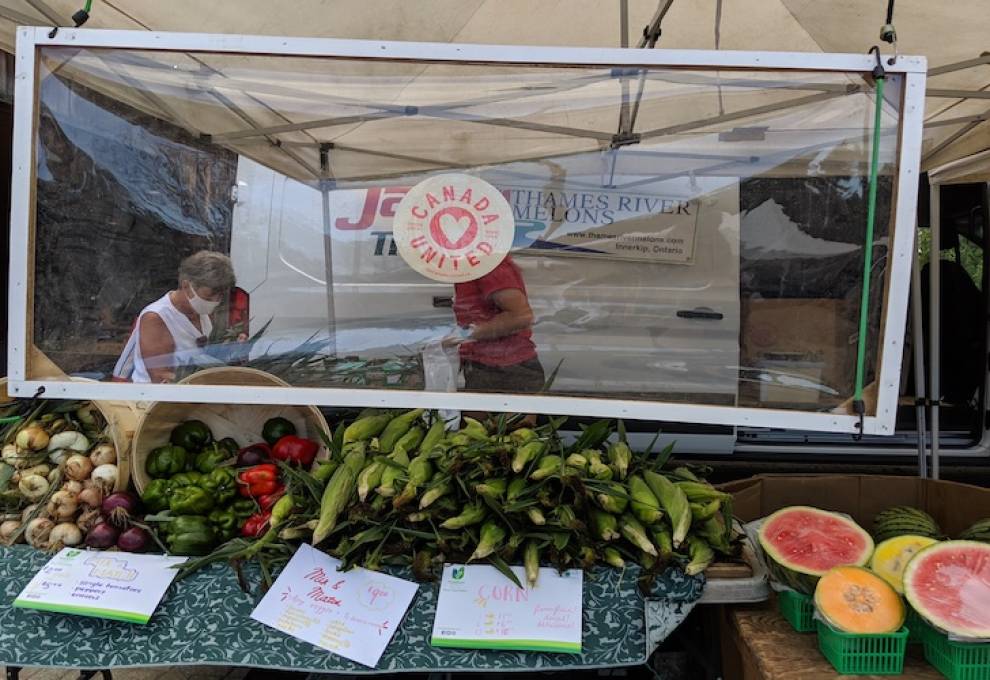
The global food system was regaled for keeping people fed through the first wave of the COVID-19 pandemic. Any food shortages were, for the most part, a result of panic buying and production shifts.
They were addressed with the same determination in which food is normally produced – efficiently, effectively and safely. There would be instances of benevolence and goodwill, but mainly, feeding people meant torqueing up business as usual. Especially important was keeping supply chains open.
But when you put a food security lens on what’s happening lately on the export market, there’s new cause for concern.
First, Argentina -- normally the world’s second biggest corn exporter, with sales of about $4.4 billion – announced in late December it would suspend corn exports until March. The country said it needed that corn to ensure ample domestic food supplies in its summer months, when feed can be scarce.
Now, much of its own cereal crop is fed to the livestock that Argentineans, renowned for their love of meat, devour. Depleting livestock herds at home because feed is unavailable or expensive would be unpopular.
The country’s government didn’t struggle with the suspension. It was only quick pressure from Argentina’s own exporting sector that eased the hard line decision of the government. From a business viewpoint, importers don’t like unpredictable supplies, and the country was apt to do itself some harm.
But the bottom line is this: Argentina first.
That move was followed by news early in the New Year from Mexico that it’s banning GMO corn by 2024. Further, it said it wouldn’t allow the glyphosate to be used in the country anymore.
It’s ironic that as parts of the world that have long resisted GMOs, like Africa, are opening up to this technology, Mexico is going the other way. But the country believes GMO corn is contaminating its heritage varieties, and further, it doesn’t want anything to do with the glyphosate resistance that’s being experienced elsewhere in North America.
As with Argentina, the country’s main agricultural group pushed back, saying such measures will put producers there at a disadvantage. But so far, the powers-that-be have remained firm: Mexico will “revoke and refrain from granting permits for the release of genetically modified corn seeds into the environment,” it says, and phase out GMO corn imports in three years.
That will hurt the U.S. more than Canada. Even though about 80-90 per cent of the corn grown in our two countries is genetically modified, the U.S. is a major corn exporter to Mexico. No doubt, significant sabre rattling and embargo threats will come forward. But Mexico’s decision is cultural, and its government is showing it won’t back down from what it thinks is safeguarding its people.
Our response shouldn’t be outrage. Every country has a right to look after its own people, in a way it sees fit.
The question is…are we?
Recent developments and the global pandemic underline how Canada’s newly minted national food policy needs to put food security above all else. It was created before the pandemic arrived. And although it had a strong nationalistic tone, every sector now needs to be viewed with an eye towards how it can play a bigger part in Canadians’ diets, particularly where they’re typically lacking, and where we depend so heavily on imports.
And that would move fruit and vegetables to the front of the line.
We simply don’t eat enough fruit and vegetables. We’re told we should eat more, that we should waste less, that we should eat local and that we should eat Canadian. Given our climate, that means more investment in research, more technology use, and a clear acknowledgement from the federal and provincial governments that such investment is essential for food security and for Canadians’ health.
I think Canadians would support this approach, especially with food security an issue like never before. We can’t afford to be left wondering what happens if our supplies fall short of our needs. And that possibility is staring us in the face.

Add new comment